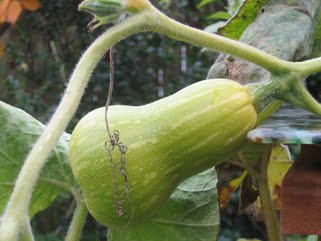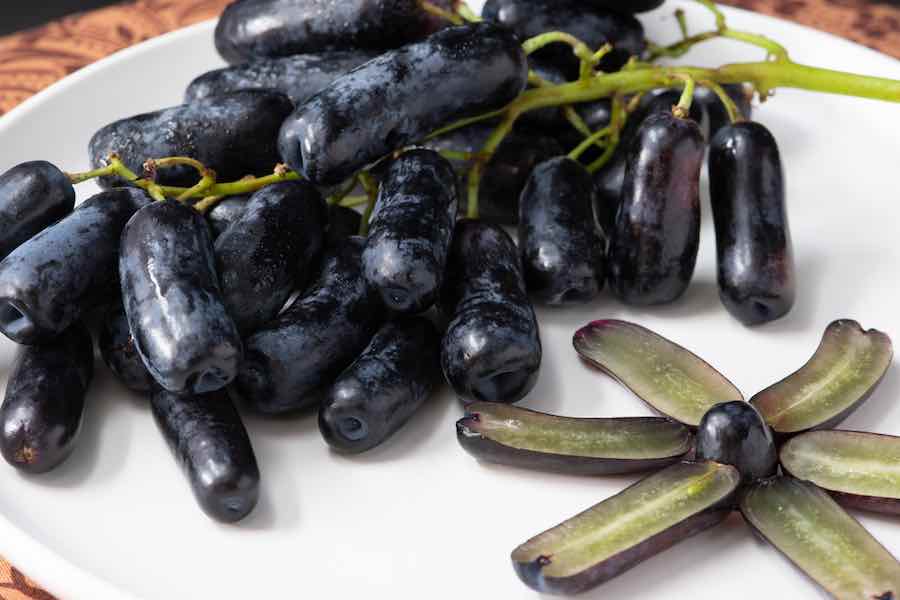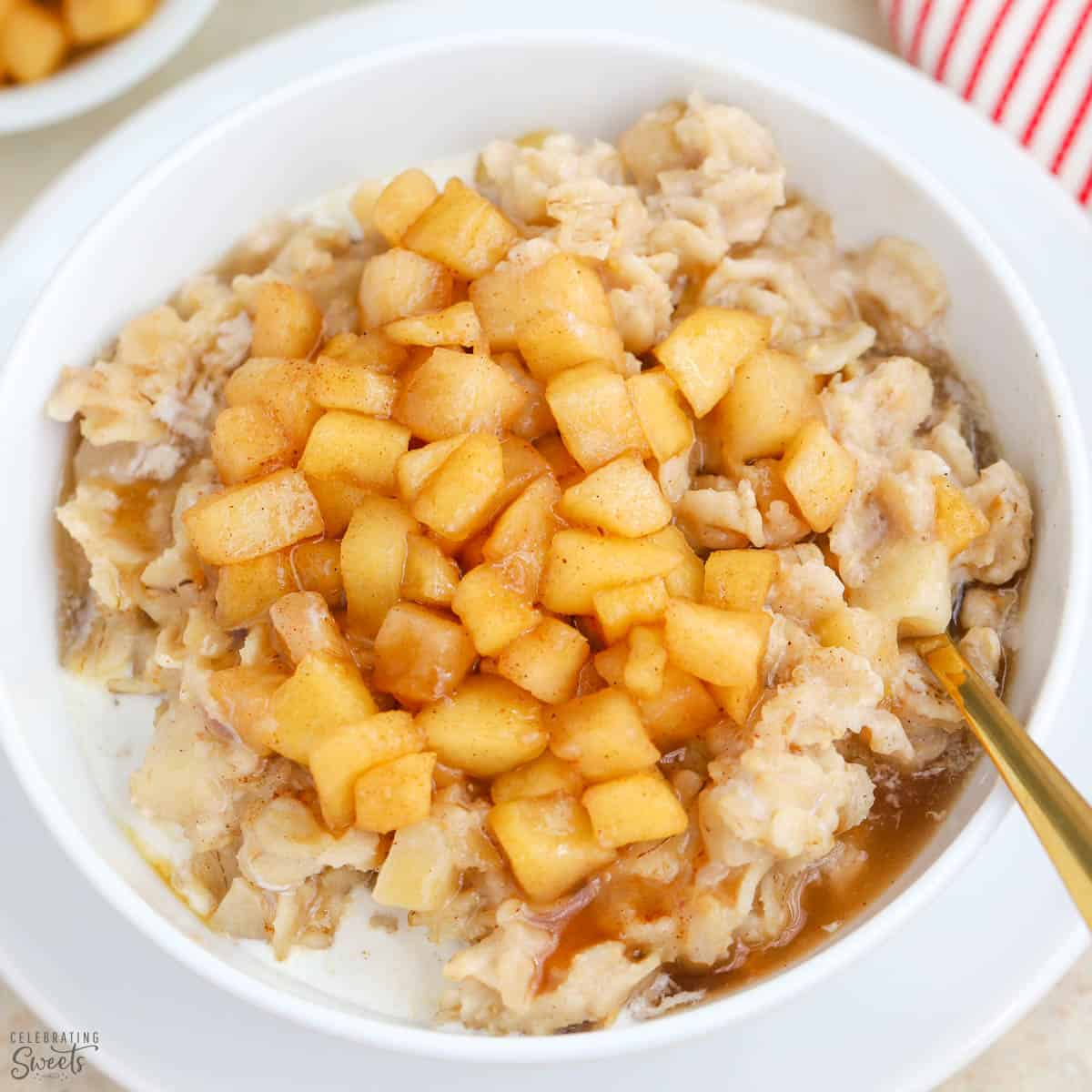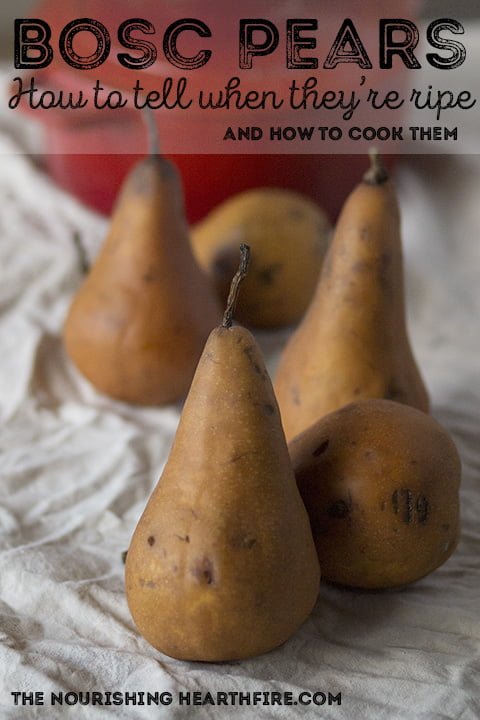You’ve just harvested a beautiful butternut squash from your garden, but it’s not quite ripe yet. Don’t worry, because in this article, you’ll discover the secrets to ripening butternut squash off the vine. With a few simple steps, you’ll be able to enjoy the sweet, nutty flavor of perfectly ripened butternut squash in no time. Whether you’re a seasoned gardener or new to growing your own produce, this guide will help you make the most of your harvest. So grab your butternut squash and let’s get started!
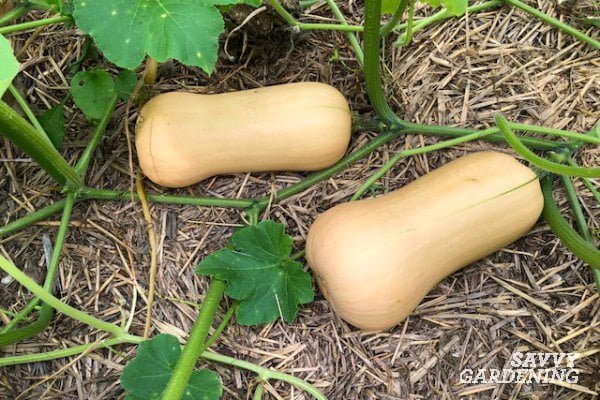
Choosing a Butternut Squash
Look for a mature squash
When choosing a butternut squash, it’s important to select one that is mature and fully developed. Look for a squash that feels heavy for its size, as this indicates that it is filled with flesh and has matured properly. Avoid squashes that feel light or hollow, as they may not have developed fully.
Inspect the stem
Take a close look at the stem of the squash. A mature squash will have a dry, tan-colored stem. If the stem is still green or shows signs of moisture, it may indicate that the squash is still immature and not ready for harvest.
Check for firmness
Gently squeeze the squash to check for firmness. A ripe butternut squash should feel firm and not give too much when gently pressed. If the squash feels soft or mushy, it may be overripe or starting to spoil. It’s best to choose a squash that is firm and has a good texture.
Harvesting Butternut Squash
Choose the right time
Knowing when to harvest your butternut squash is crucial for ensuring optimal ripening. Most butternut squashes take about 80 to 100 days to mature after planting. The squash is ready for harvest when the outer skin has hardened and can’t be easily punctured with a fingernail. Additionally, the color of the skin should have turned a deep tan or brown, indicating that it is fully ripe.
Cut the stem properly
To harvest a butternut squash, use a sharp knife or pair of pruning shears to cut the stem about one inch above the squash. Be careful not to damage the skin or leave too much of the stem attached. Cutting the stem properly helps to prevent rot and decay during the ripening process.
Leave a few inches of stem
When harvesting butternut squash, it’s essential to leave a few inches of the stem attached to the squash. The stem helps to preserve the freshness and prolong the ripening process. Leaving too much of the stem, however, can increase the risk of rot. Aim for a stem length of about two to three inches for optimal ripening.
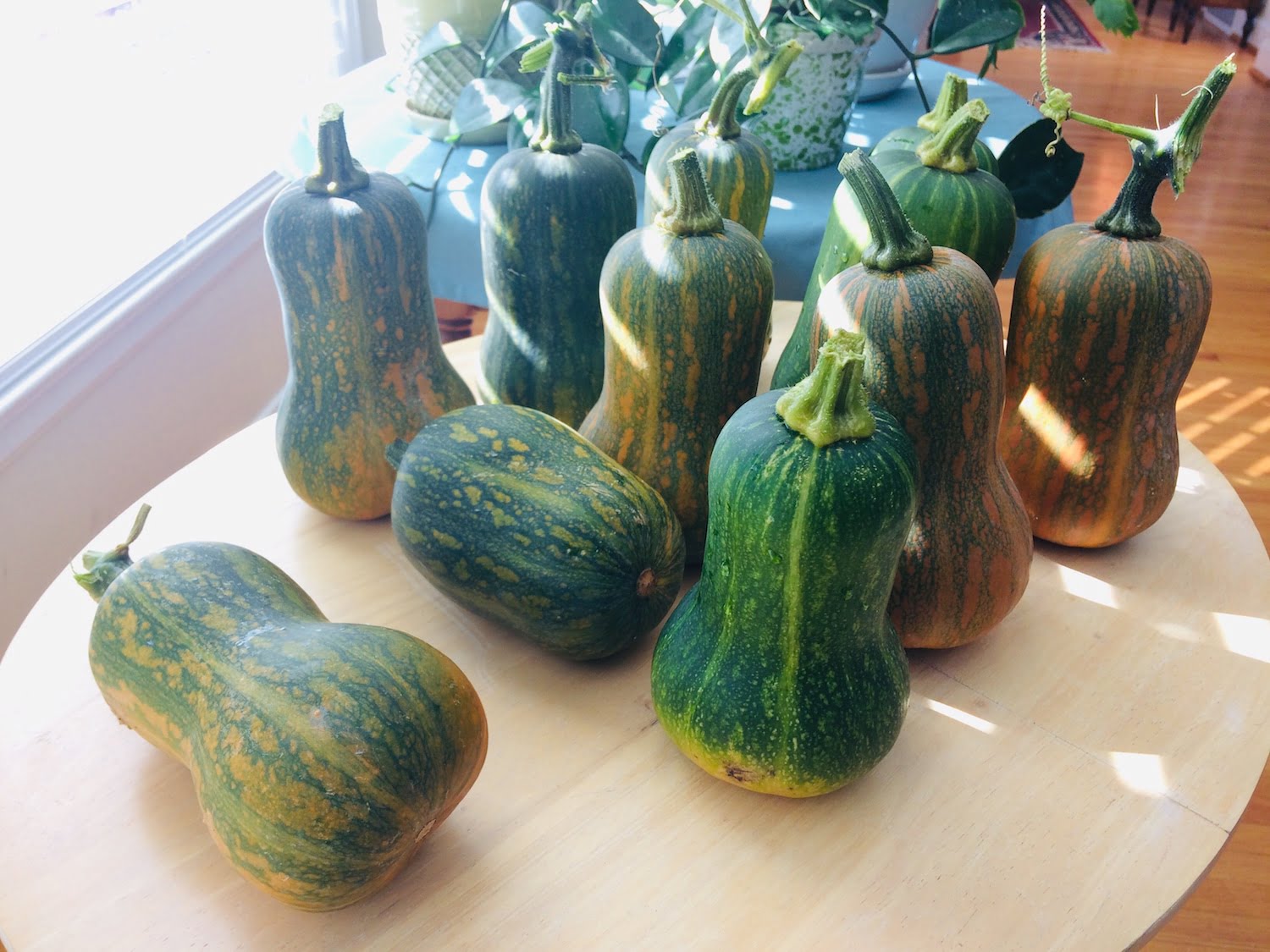
Preparing the Squash for Ripening
Clean the squash
Before ripening your butternut squash, give it a gentle cleaning to remove any dirt or debris. Use a soft cloth or sponge dipped in water to wipe down the surface of the squash. Avoid using any harsh cleaners or scrub brushes, as they may damage the skin.
Remove any damaged areas
Inspect the squash for any signs of damage, such as cuts, bruises, or decay spots. If you notice any damaged areas, carefully cut them out using a knife. Removing these areas will help prevent the spread of rot to the rest of the squash and ensure that it ripens evenly.
Store in a cool and dry place
To prepare your butternut squash for ripening, find a cool and dry place where it can be stored. Avoid storing it in direct sunlight or areas with high humidity, as these conditions can speed up the deterioration process. A pantry or cellar with a temperature around 50 to 60 degrees Fahrenheit is ideal for ripening squash.
Natural Ripening Process
Allow the squash to cure
After harvesting and preparing your butternut squash, it’s important to allow it to cure for a period of time. This curing process helps to enhance the flavor and sweetness of the squash. Place the squash in a cool, well-ventilated area for a week or two to allow it to cure properly.
Observe proper temperature and humidity
During the natural ripening process, it’s crucial to maintain the proper temperature and humidity levels around the squash. Keep the temperature around 50 to 60 degrees Fahrenheit and the humidity around 50 to 70 percent. These conditions will help the squash ripen evenly and prevent spoilage.
Provide good air circulation
Proper air circulation is essential for ripening butternut squash. Make sure to place the squash in a well-ventilated area where air can circulate freely around it. This will help prevent the growth of mold or mildew and ensure that the squash ripens uniformly.
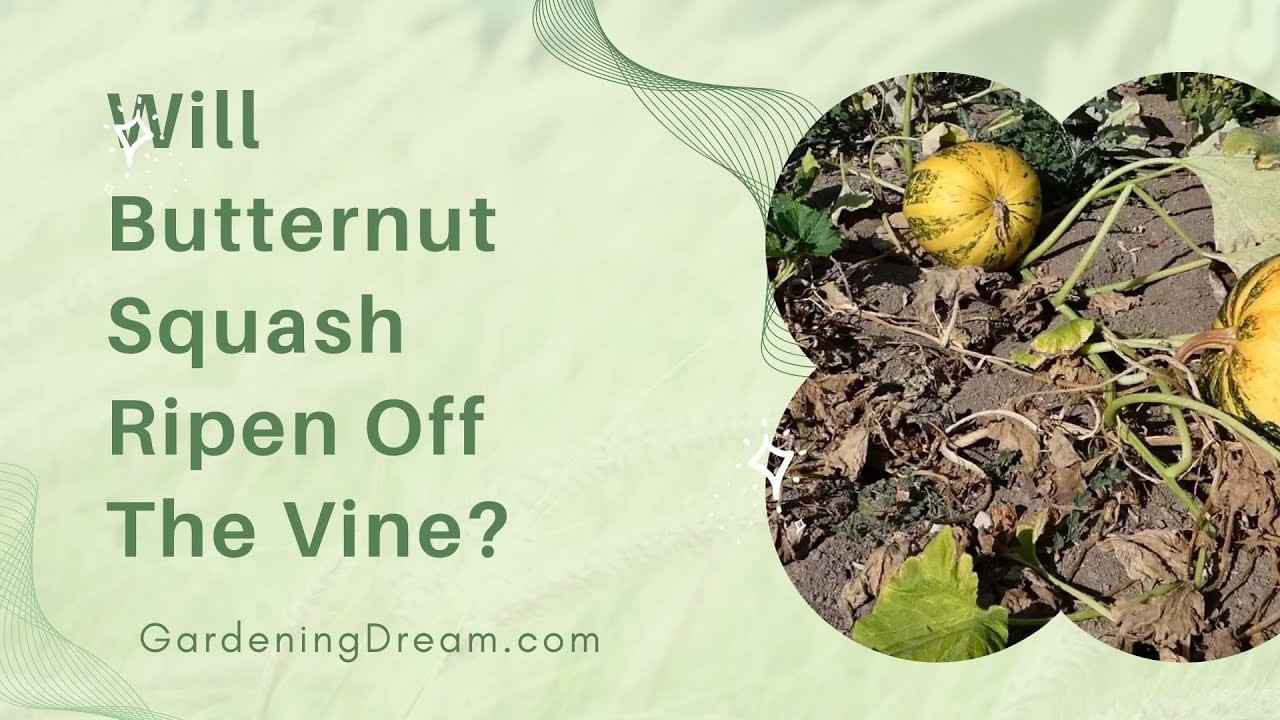
Monitoring Ripening Progress
Check the skin for color changes
Keep an eye on the skin of the butternut squash for any color changes. As the squash ripens, the skin will gradually change from a pale green to a deep tan or brown color. This change in color indicates that the squash is becoming ripe and ready for consumption.
Press the skin for firmness
To determine the ripeness of a butternut squash, gently press your thumb or finger against the skin. A ripe squash should feel firm and not easily give in to pressure. If the skin feels soft or mushy, it may be a sign that the squash is overripe or starting to spoil.
Inspect the stem regularly
The stem of the squash is a good indicator of its ripeness. Regularly check the stem for any signs of rot or decay. A healthy stem will remain dry and tan-colored. If you notice any moisture or discoloration, it may indicate that the squash is not ripening properly and needs to be used immediately.
Speeding Up the Ripening Process
Wrap the squash in newspaper
If you’re in a hurry to ripen your butternut squash, you can try wrapping it in newspaper. The newspaper helps to trap the natural ethylene gas produced by the squash, which speeds up the ripening process. Place the squash in a single layer of newspaper and store it in a cool, dark place for a few days.
Use a ripening agent
There are commercial ripening agents available that can help accelerate the ripening process of butternut squash. These products, typically containing ethylene gas, can be sprayed onto the squash or placed in the storage area. Follow the instructions on the packaging carefully to ensure safe and effective ripening.
Place them in a paper bag
Another method to speed up the ripening process is to place the butternut squash in a paper bag. The bag helps to trap the natural ethylene gas emitted by the squash, which promotes ripening. Place the squash in the bag, fold the top to seal it, and store it in a warm area, like the top of your refrigerator, for a few days.

Storing Ripened Butternut Squash
Select the best storage location
Once your butternut squash has fully ripened, it’s important to store it properly to maintain its freshness. Choose a cool and dry location for storage, such as a root cellar, basement, or pantry. Avoid storing the squash near fruits or vegetables that produce ethylene gas, as this can cause the squash to spoil more quickly.
Keep the squash in a cool place
Butternut squash stores best at temperatures between 50 and 55 degrees Fahrenheit. This temperature range helps slow down the rate of ripening and extends the shelf life of the squash. Avoid storing the squash in the refrigerator, as the cold temperature can negatively affect the flavor and texture.
Store away from direct sunlight
Direct sunlight can cause the butternut squash to spoil more quickly and deteriorate in flavor. When storing the squash, choose a location away from windows or other sources of direct sunlight. Keep it in a dark and cool place to ensure optimal storage conditions.
Using Ripened Butternut Squash
Cooking techniques and recipes
Fully ripened butternut squash is incredibly versatile and can be used in a variety of cooking techniques and recipes. Roasting, steaming, baking, and even grilling are all great ways to bring out the natural flavors and sweetness of the squash. Popular recipes include butternut squash soup, roasted butternut squash with herbs, and butternut squash risotto.
Freezing for long-term storage
If you have an abundance of ripened butternut squash, freezing is a great option for long-term storage. To freeze butternut squash, peel and cube it, blanch it briefly in boiling water, then transfer it to an airtight container or freezer bag. Properly frozen butternut squash can last for up to 12 months in the freezer.
Preserving in canning jars
Another method of preserving ripened butternut squash is by canning it. The process involves pressure canning the squash in jars to ensure its safety and longevity. Follow a trusted canning recipe and ensure that you have the necessary equipment and knowledge for safe canning practices.
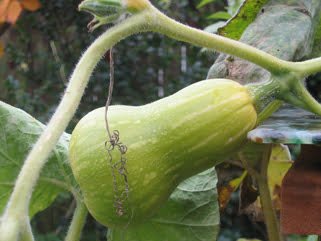
Common Problems and Troubleshooting
Issues with mold or rot
If you encounter mold or rot on your butternut squash, it’s important to address the issue promptly. Remove any affected parts of the squash, ensuring that the rot hasn’t spread to the rest of the squash. Properly clean and sanitize the storage area to prevent further contamination.
Squash not ripening evenly
If your butternut squash is not ripening evenly, it could be due to improper storage conditions or premature harvesting. Ensure that the storage area has the appropriate temperature and humidity levels. If the issue persists, consider adjusting the curing and ripening process to allow for more time.
Pest and insect infestations
Butternut squash can be susceptible to pests and insects. Regularly inspect the squash for any signs of infestation, such as holes or feeding damage. If you notice any pests, gently remove them from the squash or consider using organic pest control methods to prevent further damage.
Frequently Asked Questions
How long does it take for a butternut squash to ripen off the vine?
Butternut squash typically takes about 80 to 100 days to ripen after being planted. After harvesting, it can take an additional 1-2 weeks for the squash to fully ripen and develop its optimal flavor and texture.
Can a partially ripened squash continue to ripen?
Yes, a partially ripened squash can continue to ripen off the vine if stored and cared for properly. Place the squash in a cool and dry location, and it should continue to ripen over time. However, the flavor and texture may not be as optimal as a squash that ripened fully on the vine.
Can I eat butternut squash that has not fully ripened?
Yes, butternut squash that has not fully ripened can still be eaten. However, it may have a slightly different flavor and texture compared to fully ripened squash. It’s important to ensure that the squash is still in good condition and has not started to rot or spoil before consuming it.
